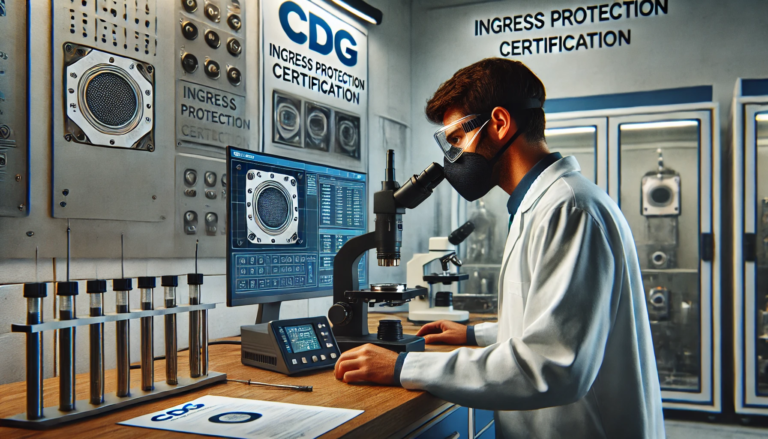In today’s fast-paced world, where technology integrates seamlessly into nearly every aspect of our lives, ensuring the safety and durability of electronic devices is more crucial than ever. Ingress Protection (IP) certification stands as a key measure to evaluate how well devices withstand environmental factors such as dust, moisture, and liquids. But who ensures that these certifications are reliable and standardized? This is where regulatory bodies come into play. In this blog post, we’ll explore the pivotal role these organizations have in ingress protection certification and why their involvement is essential.
Understanding Ingress Protection Certification
Before delving into the role of regulatory bodies, let’s briefly cover what ingress protection certification entails. The IP rating system, defined by the international standard IEC 60529, classifies the level of protection provided by enclosures of electrical equipment against intrusion from solid objects (like dust) and liquids (like water). This rating is crucial for consumers and manufacturers alike, as it provides a clear understanding of how well a device can perform under various environmental conditions.
The Role of Regulatory Bodies
Regulatory bodies play a crucial role in ensuring that ingress protection certifications are accurate, consistent, and trustworthy. Here’s how they contribute to this important process:
1. Setting Standards
One of the primary functions of regulatory bodies is to establish and maintain standards for ingress protection. They develop and update guidelines that define the parameters for testing and certification. These standards ensure that devices are evaluated under consistent conditions, providing a reliable basis for comparison. For example, the IEC (International Electrotechnical Commission) is a key player in setting these standards, ensuring they meet global safety and performance requirements.
2. Accreditation of Testing Laboratories
Regulatory bodies are responsible for accrediting testing laboratories that perform ingress protection tests. This accreditation process verifies that these labs have the necessary equipment, expertise, and procedures to conduct tests accurately. Accredited laboratories must adhere to strict protocols to ensure their results are reliable and recognized worldwide. For instance, CDG, an ISO 17025 accredited laboratory, adheres to these rigorous standards to provide accurate ingress protection testing.
3. Ensuring Compliance
Regulatory bodies ensure that manufacturers comply with the established standards and regulations. They conduct audits and inspections to verify that testing and certification processes are followed correctly. Compliance with these regulations is crucial for maintaining product safety and performance. Regulatory bodies also provide guidance and support to manufacturers, helping them understand and meet the requirements for ingress protection certification.
4. Promoting Transparency
Transparency is vital in the certification process, and regulatory bodies play a significant role in promoting it. They provide clear guidelines on how IP ratings are determined and communicated to the public. By ensuring that the certification process is transparent, regulatory bodies help build trust between manufacturers and consumers, allowing both parties to make informed decisions.
Practical Tips for Manufacturers
For manufacturers seeking ingress protection certification, here are a few practical tips to navigate the process effectively:
- Understand the Standards: Familiarize yourself with the relevant IP standards and requirements. This knowledge will help you design and test your products accordingly.
- Choose Accredited Labs: Work with accredited testing laboratories to ensure your devices are tested under recognized and reliable conditions.
- Stay Updated: Regulatory standards can evolve, so it’s essential to stay updated on any changes that might affect your certification.
- Document Everything: Keep detailed records of your testing procedures and results. This documentation can be valuable in case of audits or disputes.
Regulatory bodies play a crucial role in ingress protection certification, ensuring that standards are set, testing is accurate, and compliance is maintained. Their involvement not only helps in verifying the safety and durability of electronic devices but also fosters transparency and trust in the certification process. For manufacturers and consumers alike, understanding the role of these regulatory organizations is key to navigating the world of ingress protection certification effectively.


